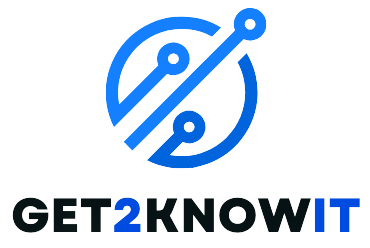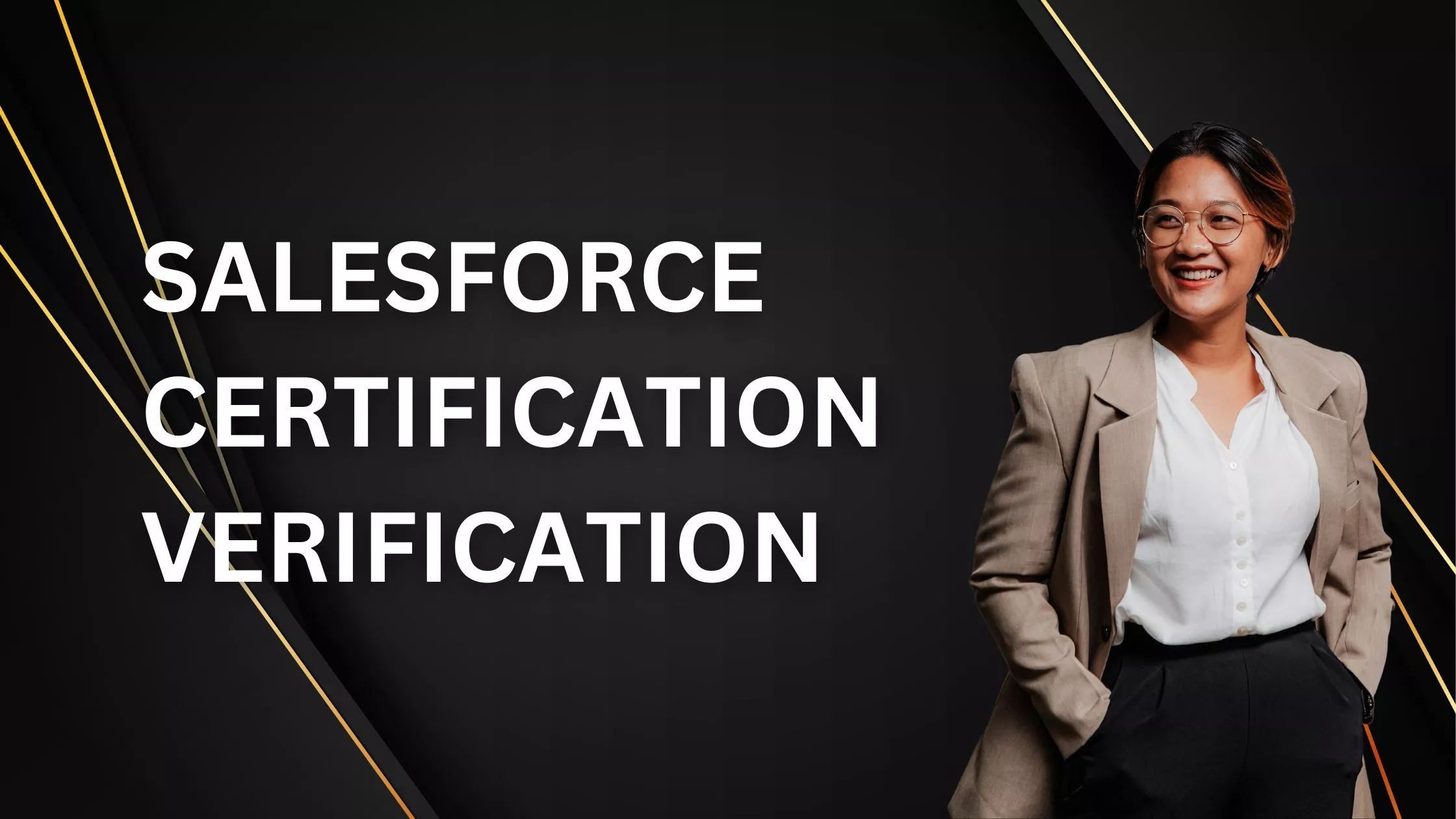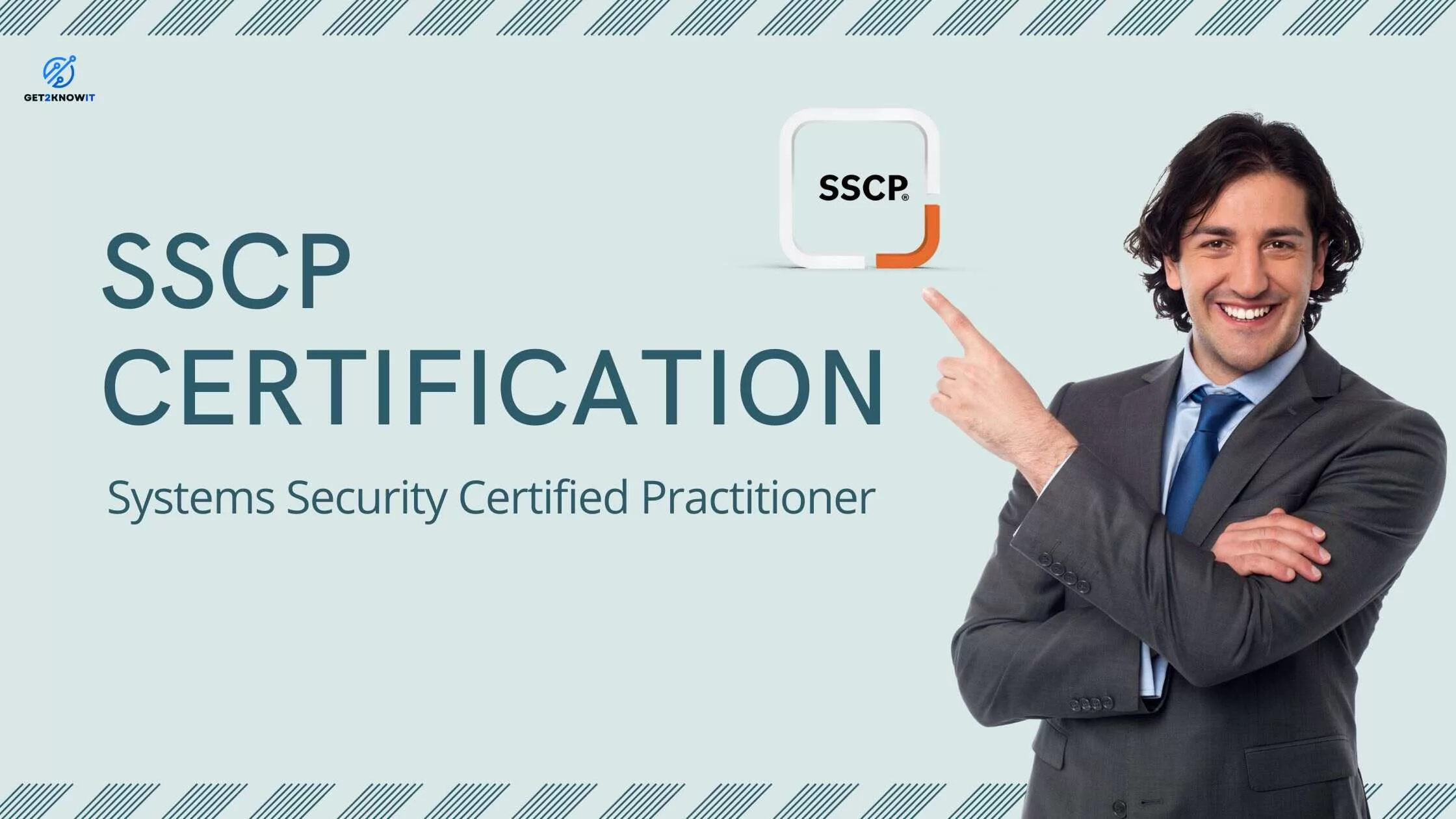Salesforce Certification Verification is essential for confirming the authenticity of certifications, establishing trust in certified professionals’ skills. It guarantees transparency by confirming the expertise and experience of the credential holder.
Key steps in the verification process include visiting the Trailhead Verification page and entering the WebAssessor email associated with the certification. WebAssessor integration plays a vital role, requiring individuals to opt-in for verification to have their details searchable. Other resources such as blogs and guides offer tips and insights into Salesforce Certification Verification.
Understanding this process is essential for professionals seeking to validate their Salesforce certifications, highlighting deep expertise within specific roles and identifying candidates for projects and jobs
Why is Salesforce Certification Verification Needed?
Salesforce Certification Verification is crucial for several reasons:
- Authenticity and Credibility:
- Verification ensures the authenticity of stated certifications, confirming the skills and expertise of individuals.
- Boosting Employer Confidence:
- Validated certifications instill employers with confidence in the competencies and capabilities of certified professionals, facilitating informed hiring choices.
- Upholding Salesforce Ecosystem Integrity:
- Verification upholds the integrity of the Salesforce ecosystem, guaranteeing that professionals possess valid certifications, fostering a dependable and trustworthy community.
Common Salesforce Certification Verification
Salesforce provides a variety of certifications tailored to different industry roles. Here’s a quick overview:
- Complete List of Certifications:
- Salesforce offers a wide range of certifications, covering roles like Associate, Administrator, UX Designer, Service Cloud Consultant, and others.
- Diverse Role-Based Certifications:
- Certifications are designed for specific roles, ensuring relevance across diverse job functions. Examples include Administrator, App Builder, Architect, Consultant, CPQ, Designer, and Developer roles.
- Industry Recognition:
- Salesforce certifications enjoy broad recognition from employers and recruiters, signifying key career achievements and showcasing a professional’s mastery and expertise within the Salesforce ecosystem.
- Career Advancement:
- Attaining a Salesforce certification is a potent career enhancer, showcasing practical skills applicable in real-world situations and positioning certified professionals as invaluable assets to their employers.
- Certification Diversity Importance:
- A variety of certifications is essential to showcase the diverse skills required for different industry roles. This ensures professionals can specialize in their areas of interest, fostering a versatile and adaptable workforce.
Methods of Salesforce Certification Verification
Salesforce provides various methods for certification verification, ensuring transparency and credibility. Here are the methods and a step-by-step guide:
- Trailhead Verification:
- Visit the Trailhead Verification page.
- Enter the WebAssessor email associated with the certification.
- Confirm skills and experience, and check account linking status.
- WebAssessor Integration:
- Opt-in for verification in WebAssessor during the certification process.
- Verify certifications directly through the Trailhead Verification page.
- Enter the candidate’s name to confirm professional certification.
- Consent to Verification:
- Candidates must consent to their details being searchable and available on the verification page.
- Enable verification in WebAssessor to allow for certification confirmation.
- Online Platforms and Tools:
- Salesforce offers online platforms like Trailhead for verification.
- Utilize the Trailhead Verification page to check the status of certifications.
- Manual Verification Steps:
- Obtain the WebAssessor email associated with the certification.
- Visit the Trailhead Verification page.
- Enter the WebAssessor email and request verification.
- Confirm the certification status and any upcoming maintenance requirements.
By adhering to these procedures, individuals and employers can verify the legitimacy of Salesforce certifications, instilling confidence in the skills and expertise of certified professionals.
Trailhead Verification Page
The Trailhead Verification page is an essential tool for confirming Salesforce certifications. Here’s a step-by-step guide on how to use it:
- Access the Trailhead Verification Page:
- Visit the Trailhead Verification page.
- Enter Webassessor Email:
- Input the Webassessor email associated with the Salesforce certification.
- Submit Verification Request:
- Click on the “Request” button to initiate the verification process.
- Verify Certification Status:
- Confirm the certification status and ensure that the details match the information provided during certification.
- Check for Maintenance Requirements:
- The Trailhead Verification page also allows checking for any upcoming maintenance requirements related to the certification.
Importance of Trailhead in the Salesforce Certification Ecosystem
Trailhead plays a crucial role in the Salesforce certification ecosystem:
- Learning Pathways:
- Trailhead offers guided pathways aligned with Salesforce certifications, providing a structured approach to learning.
- Hands-On Experience:
- It offers practical experience via exercises and challenges, enabling the application of theoretical knowledge.
- Skill Validation:
- Completing Trailhead modules and projects validates practical skills, contributing to the credibility of Salesforce professionals.
- Preparation for Certifications:
- Trailhead offers dedicated modules to prepare for specific certifications, ensuring candidates are well-equipped for exams.
- Continuous Learning:
- Trailhead fosters continuous learning through an extensive module library, ensuring professionals stay current with the latest Salesforce features.
The Trailhead Verification page ensures the legitimacy of Salesforce certifications, while Trailhead remains essential for ongoing learning and skill development among Salesforce professionals.
WebAssessor Integration
WebAssessor Integration for Verification
- Opt-In during Certification:
- During the certification process, candidates can opt-in for verification in WebAssessor.
- Trailhead Verification Page:
- Integration allows verification directly through the Trailhead Verification page.
- Verification using Candidate Name:
- Enter the candidate’s name in the Trailhead Verification page to confirm professional certification status.
Leveraging Resources for Effective Preparation
- Trailhead Learning Paths:
- Utilize Trailhead for guided learning paths aligned with specific certifications.
- Hands-On Projects:
- Doing hands-on projects available on Trailhead to have practical knowledge.
- Certification Exam Guides:
- Refer to official Salesforce Certification Exam Guides for detailed exam outlines.
- Community Forums:
- Engage with the Salesforce community forums to discuss challenges and seek advice.
- Trailhead Modules for Exams:
- Access dedicated Trailhead modules designed to prepare for specific certification exams.
Tips for Passing Certification Exams
- Understand Exam Objectives:
- Review the exam guide thoroughly to understand specific objectives.
- Practice with Trailhead:
- Practice with relevant Trailhead modules and projects for hands-on experience.
- Take Sample Exams:
- Explore sample exams and questions provided by Salesforce for each certification.
- Join Study Groups:
- Group study would be beneficial to share insights and learn from others.
- Time Management:
- Practice time management during preparation and simulate exam conditions.
By integrating with WebAssessor for verification and leveraging the diverse resources available on Trailhead, candidates can enhance their preparation, increasing the likelihood of success in Salesforce certification exams.
Challenges in Salesforce Certification Verification
Addressing Common Issues and Solutions
1. Incorrect Information Input:
- Challenge: Mistakes in entering personal information during verification.
- Solution: Ensure accurate details and use the same information as when earning the certification.
2. System Glitches or Downtime:
- Challenge: Technical issues or platform downtime during verification.
- Solution: Retry verification during non-peak hours or contact Salesforce support for assistance.
3. Verification Email Issues:
- Challenge: Delays or non-receipt of verification emails.
- Solution: Check spam folders, whitelist Salesforce emails, and request a resend if necessary.
4. Trailhead and WebAssessor Integration Problems:
- Challenge: Difficulty linking Trailhead and WebAssessor accounts.
- Solution: Follow official guidelines for integration, ensuring both accounts use the same email.
5. Incomplete Trailhead Profile:
- Challenge: Missing or incomplete information on the Trailhead profile.
- Solution: Update and complete the Trailhead profile with accurate details.
6. Policy Agreement Misunderstandings:
- Challenge: Failure to adhere to Salesforce Certification Program Agreement.
- Solution: Review and understand the program agreement before attempting verification.
7. Superbadge Challenge Verification Issues:
- Challenge: Difficulty verifying superbadge challenges.
- Solution: Review specific challenge requirements, ensuring compliance with Salesforce policies.
8. Credential Privacy Concerns:
- Challenge: Reluctance to make credentials searchable.
- Solution: Understand the privacy implications and benefits before deciding on credential visibility.
Future Trends in Salesforce Certification Verification
The future of Salesforce certification verification is undergoing significant changes in line with industry trends. As technology advances, there’s a growing focus on integrating cutting-edge elements into certification processes. Emerging trends include AI integration for advanced testing automation, ensuring a thorough assessment of professionals’ skills. DevOps integration is increasingly vital for continuous testing, reflecting the industry’s move towards agile methodologies. There’s also an increased emphasis on comprehensive security testing to address the growing importance of protecting sensitive information.
Industry expectations for certified professionals are expanding to cover a broader skill set. Professionals are now expected not only to master core Salesforce functionalities but also to stay updated on industry-specific knowledge and trends. With Salesforce’s ongoing innovation, certified individuals are anticipated to adapt to new technologies and contribute significantly to the evolving landscape.
Preparing for the future of Salesforce certifications requires staying proactive in understanding and leveraging these trends. Professionals should anticipate AI’s role in the verification process, enhance their skills in DevOps methodologies, and deepen their understanding of security protocols. Staying informed about industry-specific requirements and continuously updating one’s skill set will be crucial for success in the dynamic realm of Salesforce certifications.




